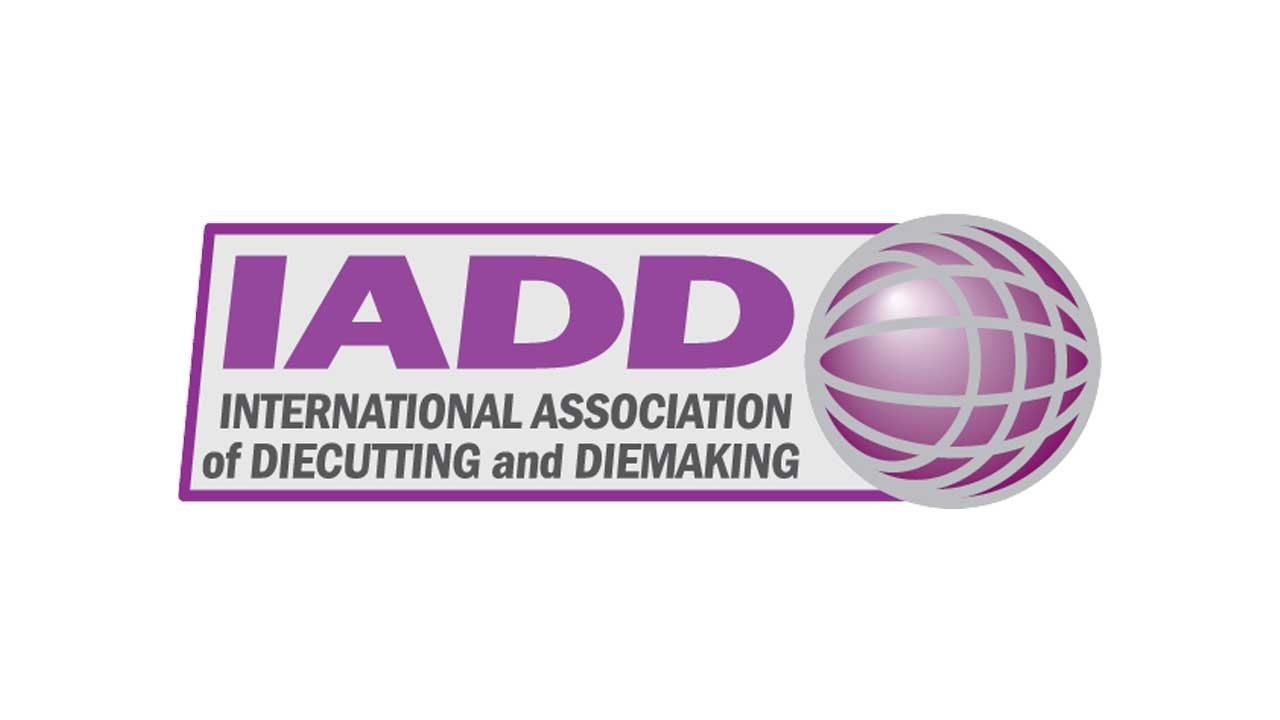Acing the management presentation

Making the most of your management presentation is essential. Stage two in the selling process, it’s your time to shine. What you say, do, omit or imply will determine whether an acquirer moves forward. Take these seven steps to ensure that what’s seen by acquirers represents the company’s true value.
1. Select your (best) presenters. Determining presenters can be tricky. Your acquirer wants to hear from people who understand the issues and opportunities of the business. They also want to get to know those who are remaining in place. However, some of these people might not be on board with an ownership transfer or not be good public speakers. Pick your best communicators. If you’re an exiting owner, minimize your role. Show potential buyers that their new leaders can take the business to the next level.
2. Align your presentation to your Offering Memorandum. You piqued buyers’ interest with your marketing document. Now you need to prove your claims. Work with the key elements of your Offering Memorandum (OM) to structure your presentation. Highlight all the things that bring value and paths for the future. You’ll also want to determine your best format. Some people from the buying team will want to dive into the numbers. Some will be focused on your intellectual assets, others will zone in on your markets and customers. You’ll need to present in a way to keep them all engaged.
3. Triple-check data, financials and projections. Articulating your position truthfully and accurately is essential. Make sure your income statements, cash flow statement and balance sheets are flawless. Have your advisor help you with any add-backs that apply. Make sure your CFO and any other financial advisor are completely prepared to discuss entries. Nothing can kill a deal quicker than a poor financial presentation.
4. Determine your optimal presentation location. A conference room is typically not your best venue for your initial presentation. In addition to causing a distraction, you may also stir up unnecessary alarm from passersby. Select a private location where your management team can feel at ease and remain focused on answering the questions at hand — without inciting ones that they may not be prepared for. With all major strategic issues addressed, you’ll be able to move on easier to the plant tour.
5. Prepare your plant. The state of your facilities will say a lot about your company. Are you organized and efficient? What condition is your equipment in? Are you running the best technologies for your set-up and customers? How presentable are your employees? Walk through your plant and try to see it as someone would for the first time. Take care of any housekeeping issues, repairs and eyesores. Pay special attention to areas where key equipment is housed. Enlist your GM or other expert who can confidently introduce and showcase your assets.
As you plan your tour, establish a model to make sure it allows visitors to understand your plant’s value to your customers and for the future. The acquirer might not understand the nuances of the label industry or your competitive advantages. This is your time to bridge that gap.
6. Do a dry run. Practice makes perfect, and perfection is the objective. Create the materials, set up the area, and dress as you will for the actual day. Conduct your dry run as close to the actual performance as possible, so you’ll know the obstacles you’ll encounter. Your M&A advisors can act as mock buyers. If they have experience in the label and packaging space – and/or with the potential acquirer – they can be especially valuable, as they can prepare you for the questions that will be asked.
7. Conduct your first management presentation and reassess. No amount of practice can replace the actual event. Even with the best preparation, you can miss a thing or two. Pick an acquirer who’s unlikely to proceed (or one who doesn’t match your objectives), and present your story. Take notes and analyze your performance. Where did you fall flat, and where did you shine? Decide what needs to be refined before your next presentation.
An effective management presentation is a critical component of a rewarding transaction. It’s about preparing to tell the story of how you built the company, and the value it will continue to deliver. Nobody knows this story better than you. With your management presentation, it’s your time to make sure that they do.
Stay up to date
Subscribe to the free Label News newsletter and receive the latest content every week. We'll never share your email address.


